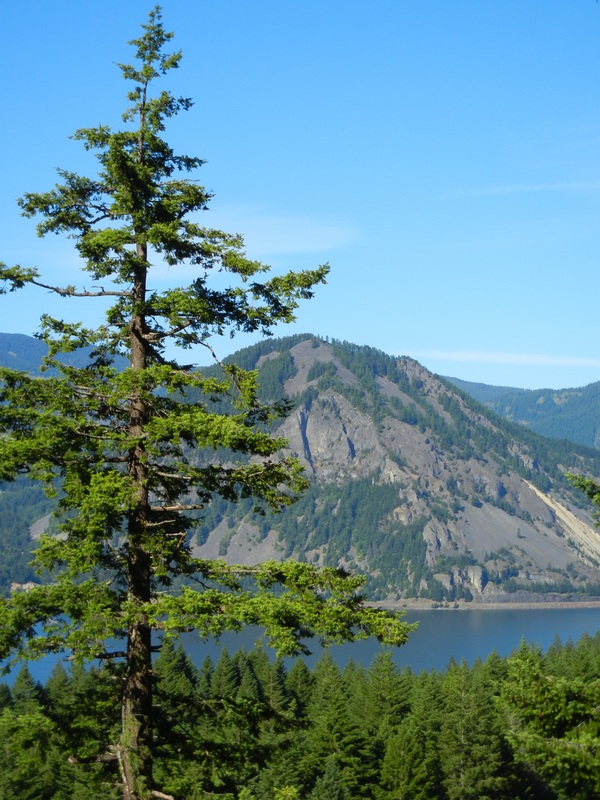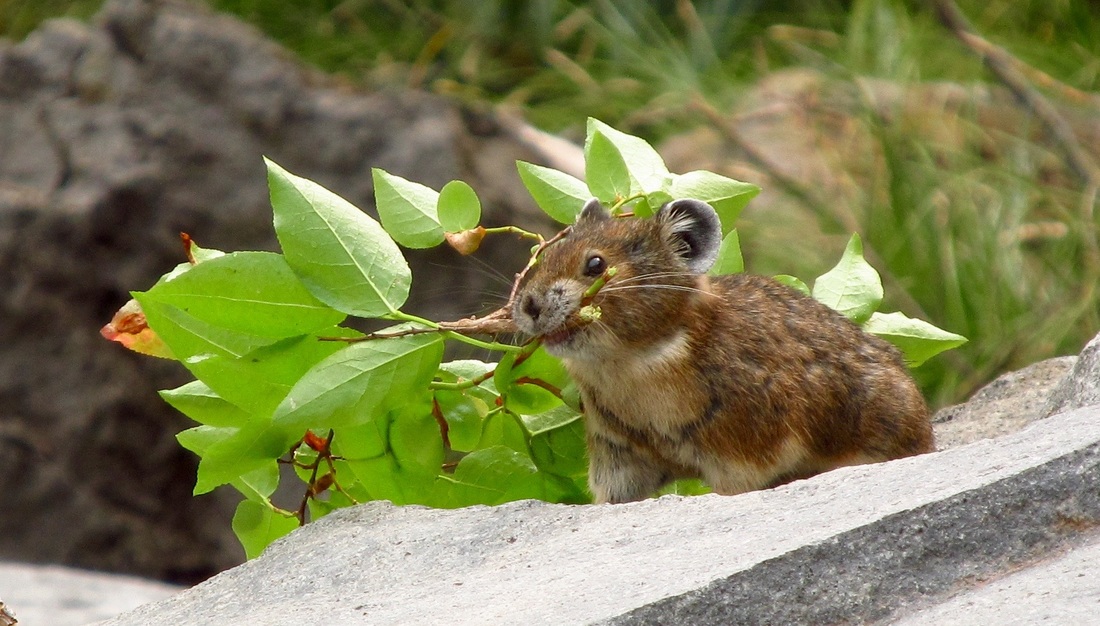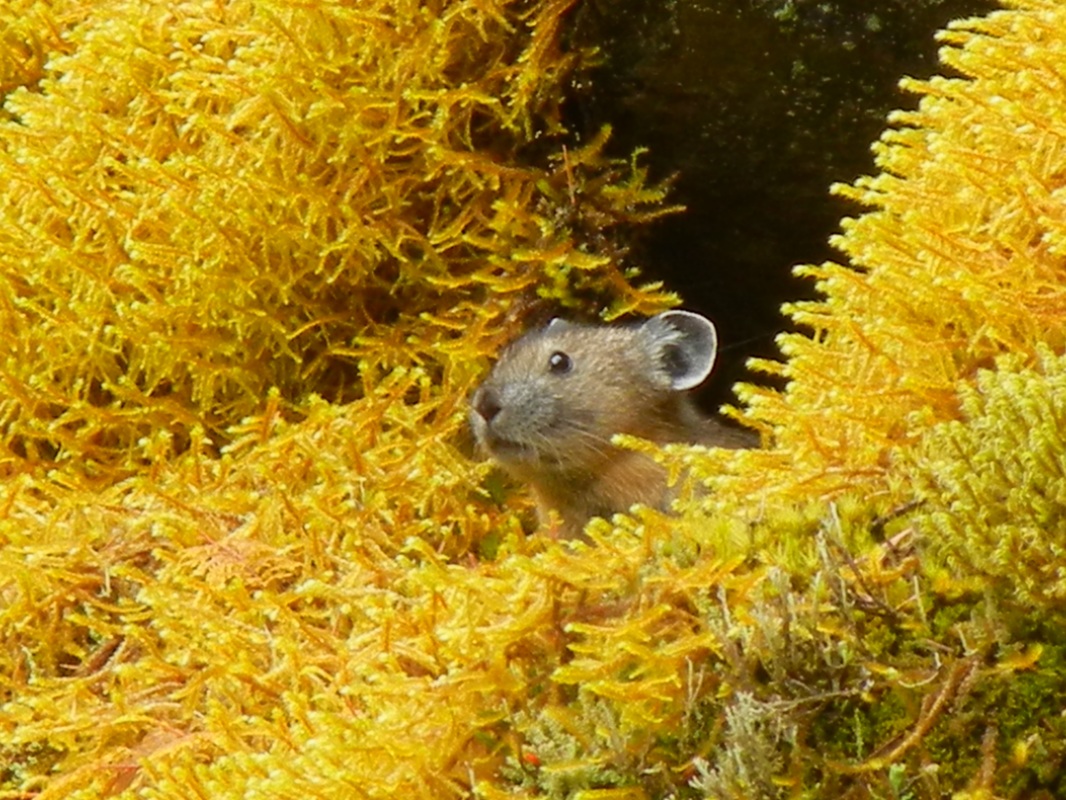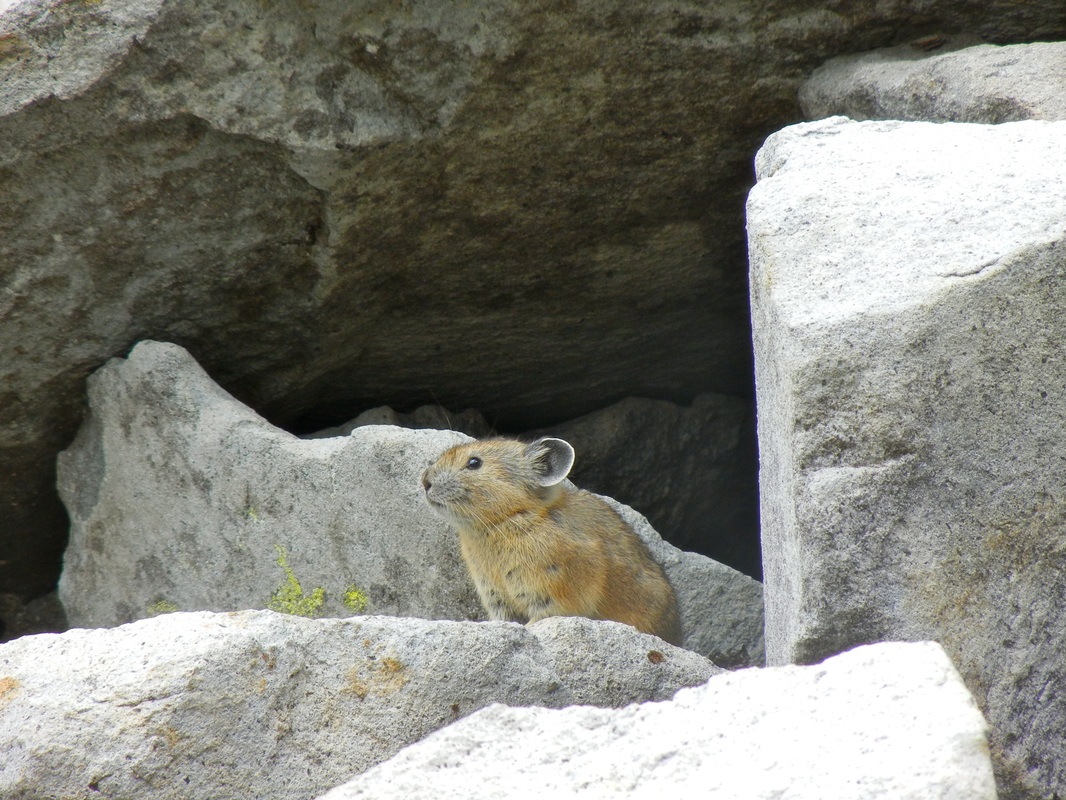American Pikas in an atypical habitat
|
From 2012 to 2013, I worked under Dr. Johanna Varner on a project studying several aspects of an atypical population of American Pikas living at abnormally low elevations in the Columbia River Gorge in Oregon.
Pika are found in high elevations (usually above 8000 ft.) throughout the western United States. This distribution is thought to be caused by the Pika's extreme heat sensitivity. They live in talus patches (rock slides) and because they don't hibernate they require large food caches, called haypiles, to survive the winter. In the Great Basin, there has been a significant loss of pikas from sites at the lower end of their elevational range. However, in the Columbia River Gorge pikas are thriving at ~500 ft above sea level. This project looked at what distributional or behavioral differences there were between this unique population and more typical, high-elevation pikas on near-by Mt. Hood. To read more about this project, use the following links to access the online articles: The Importance of Biologically Relevant Microclimates in Habitat Suitability Assessments Too hot to trot? Evaluating the effects of wildfire on patterns of occupancy and abundance for a climate-sensitive habitat specialist |




